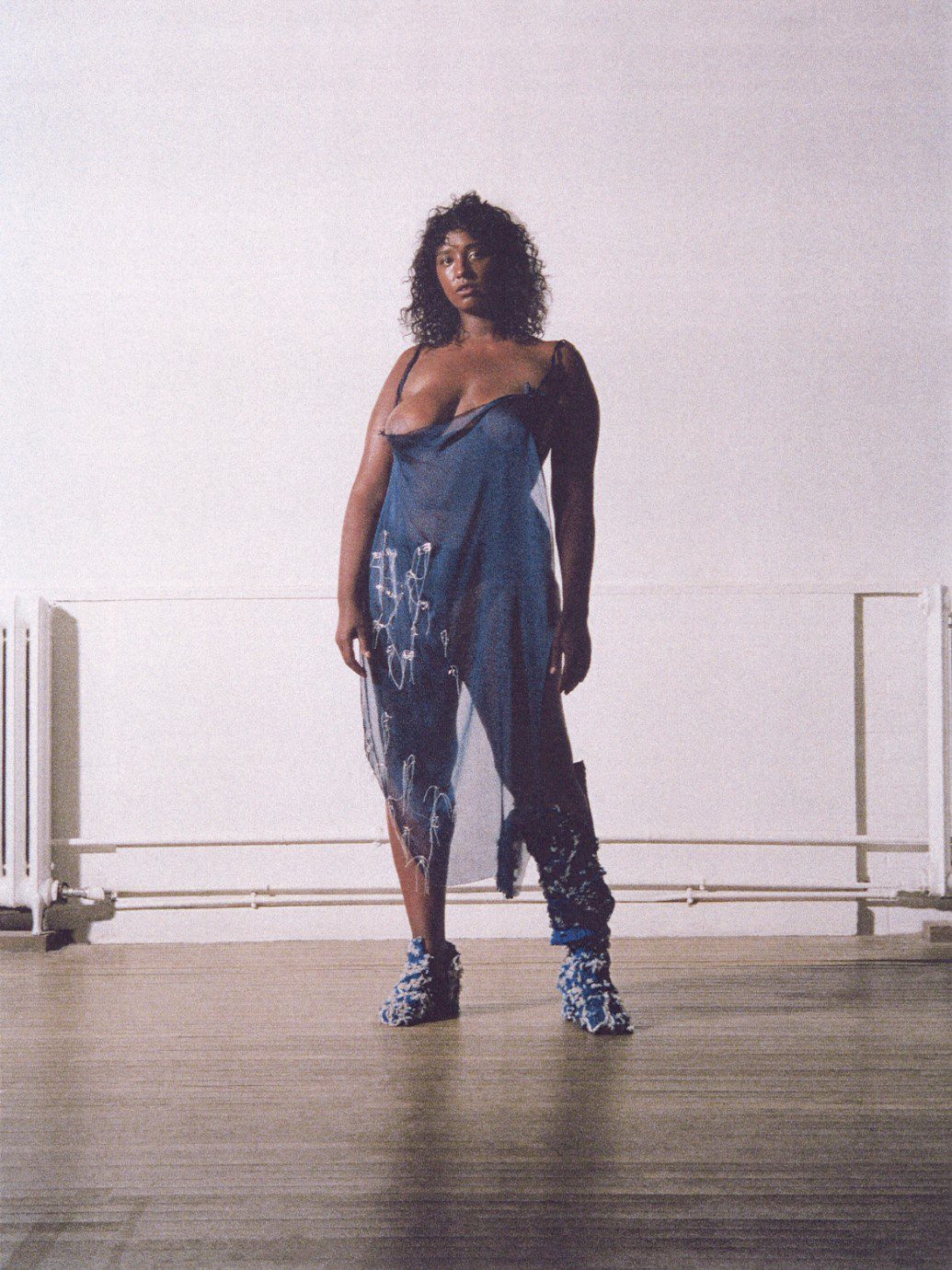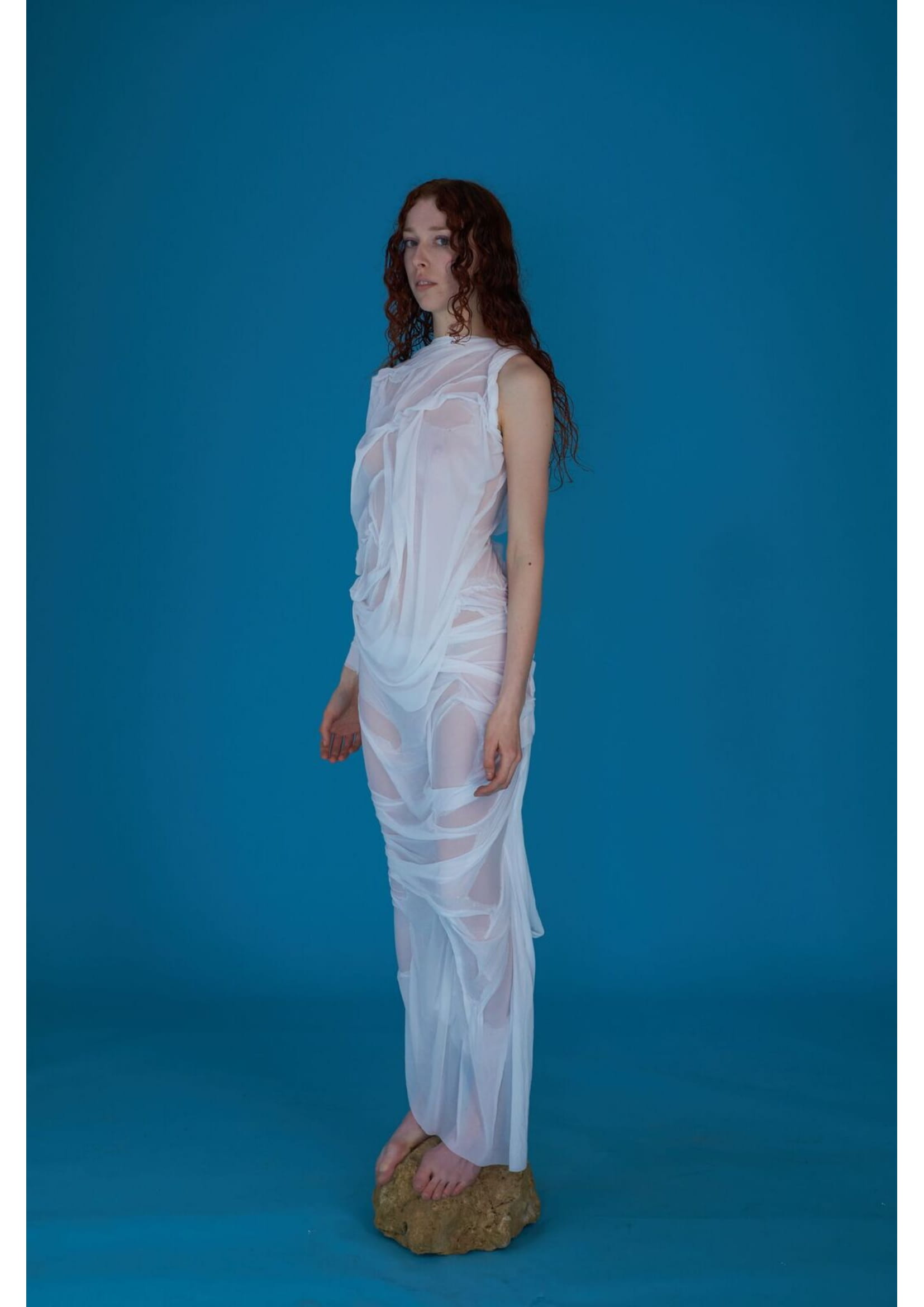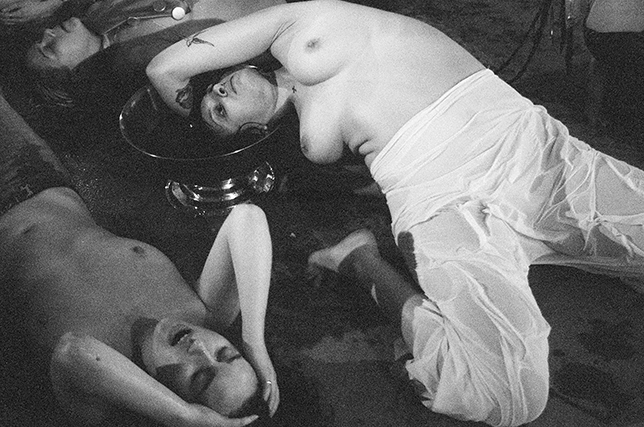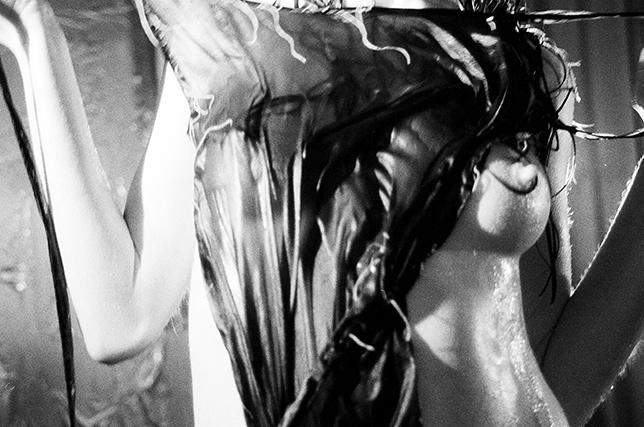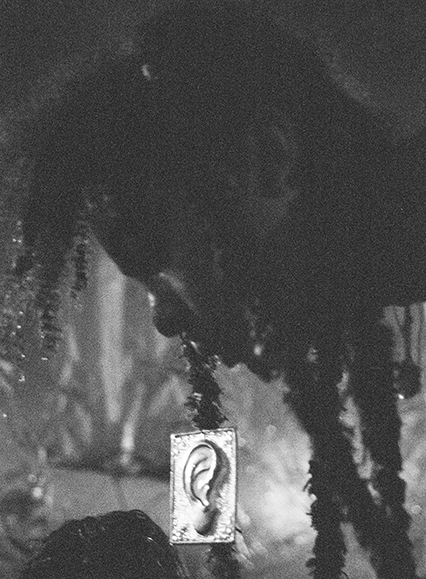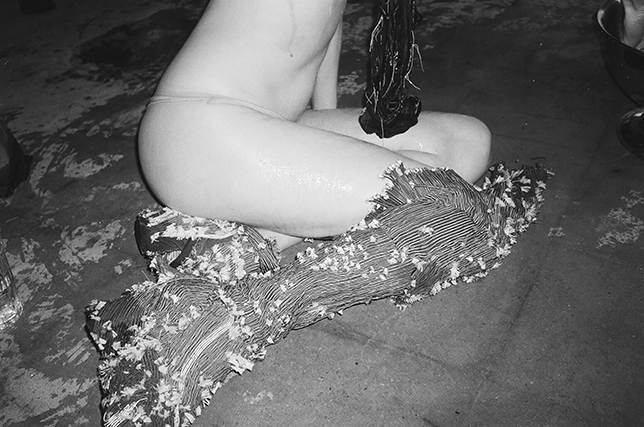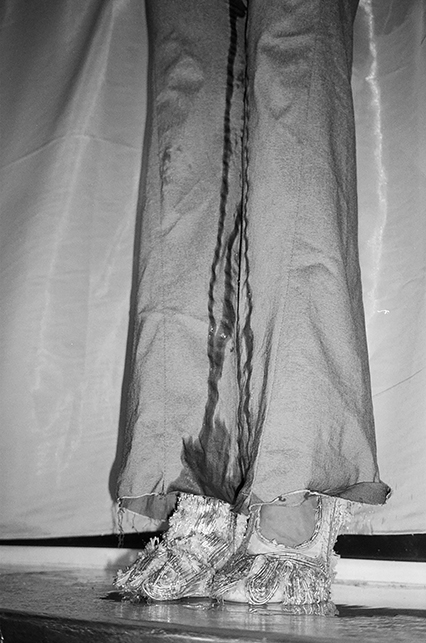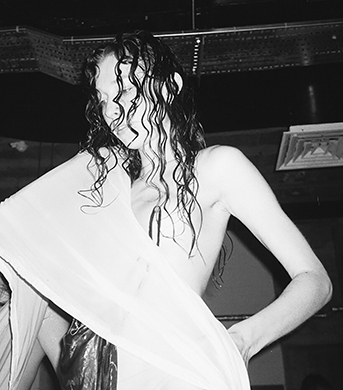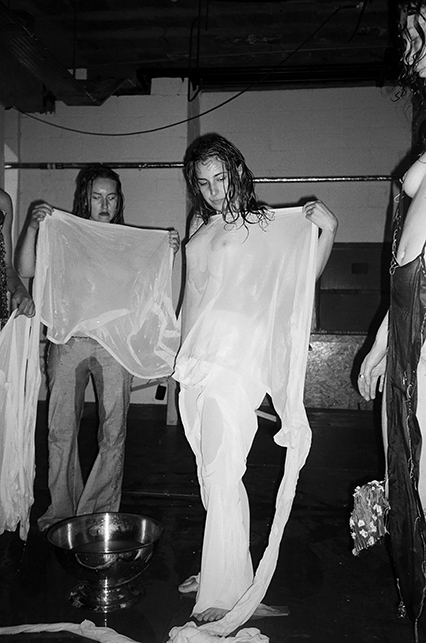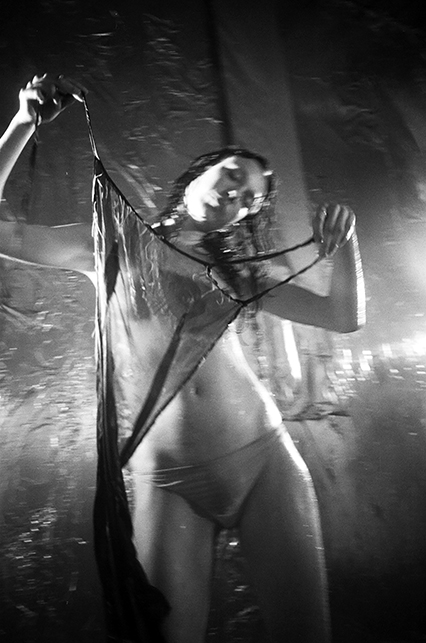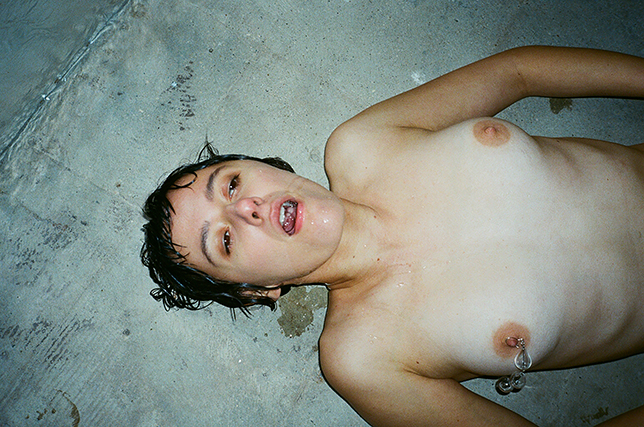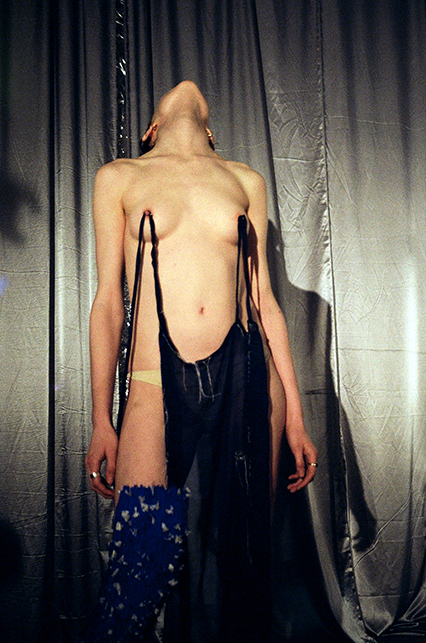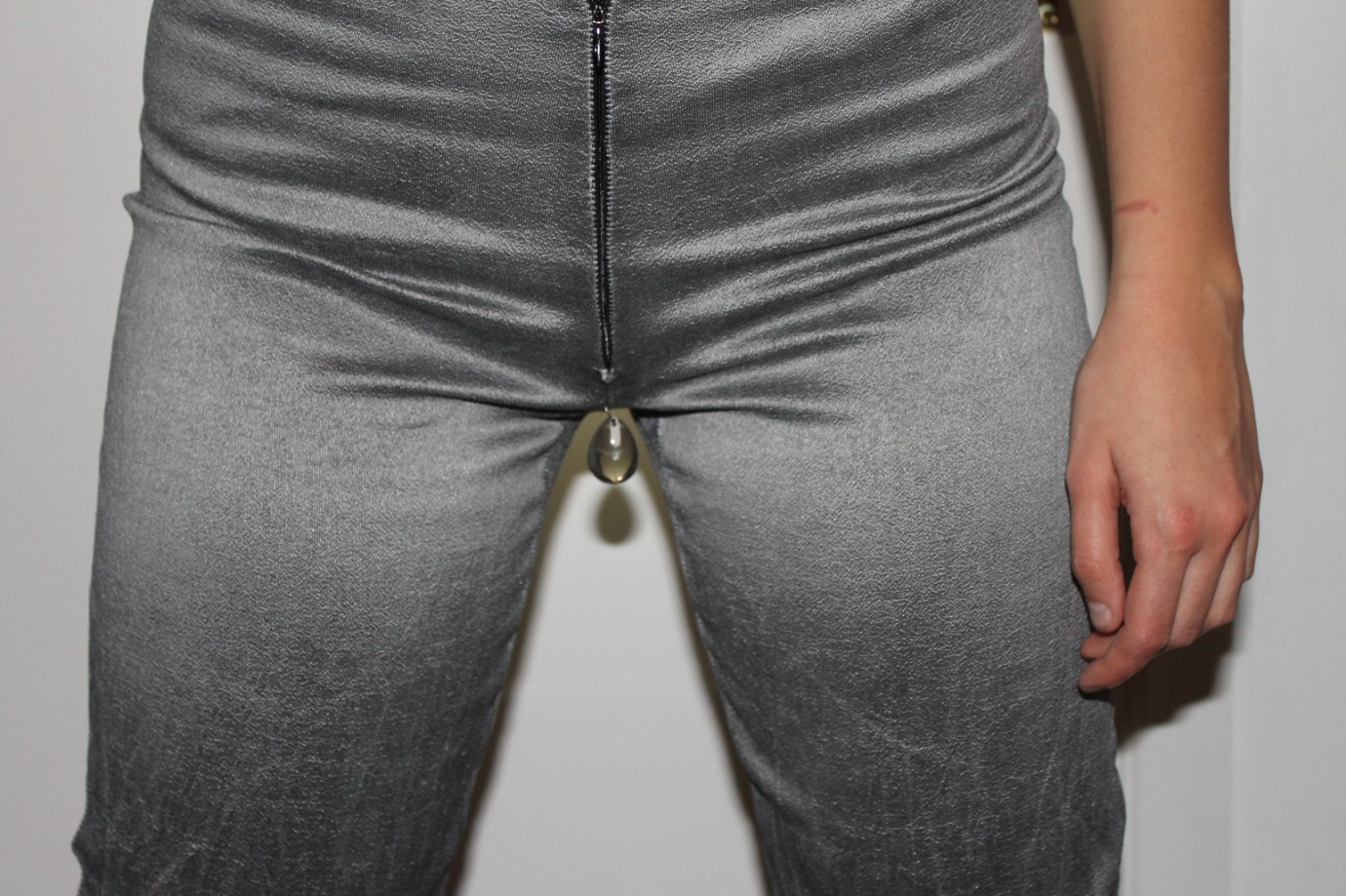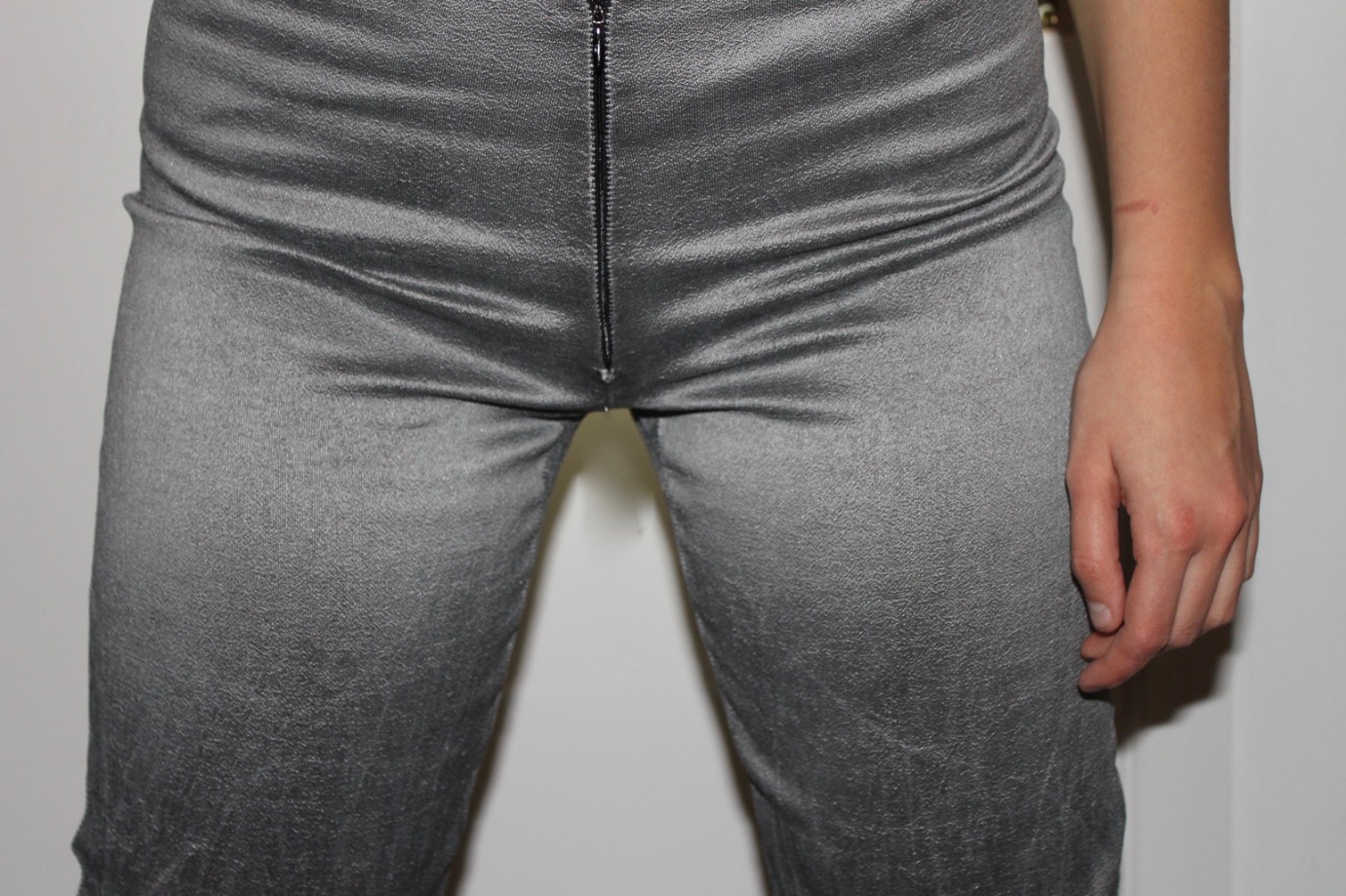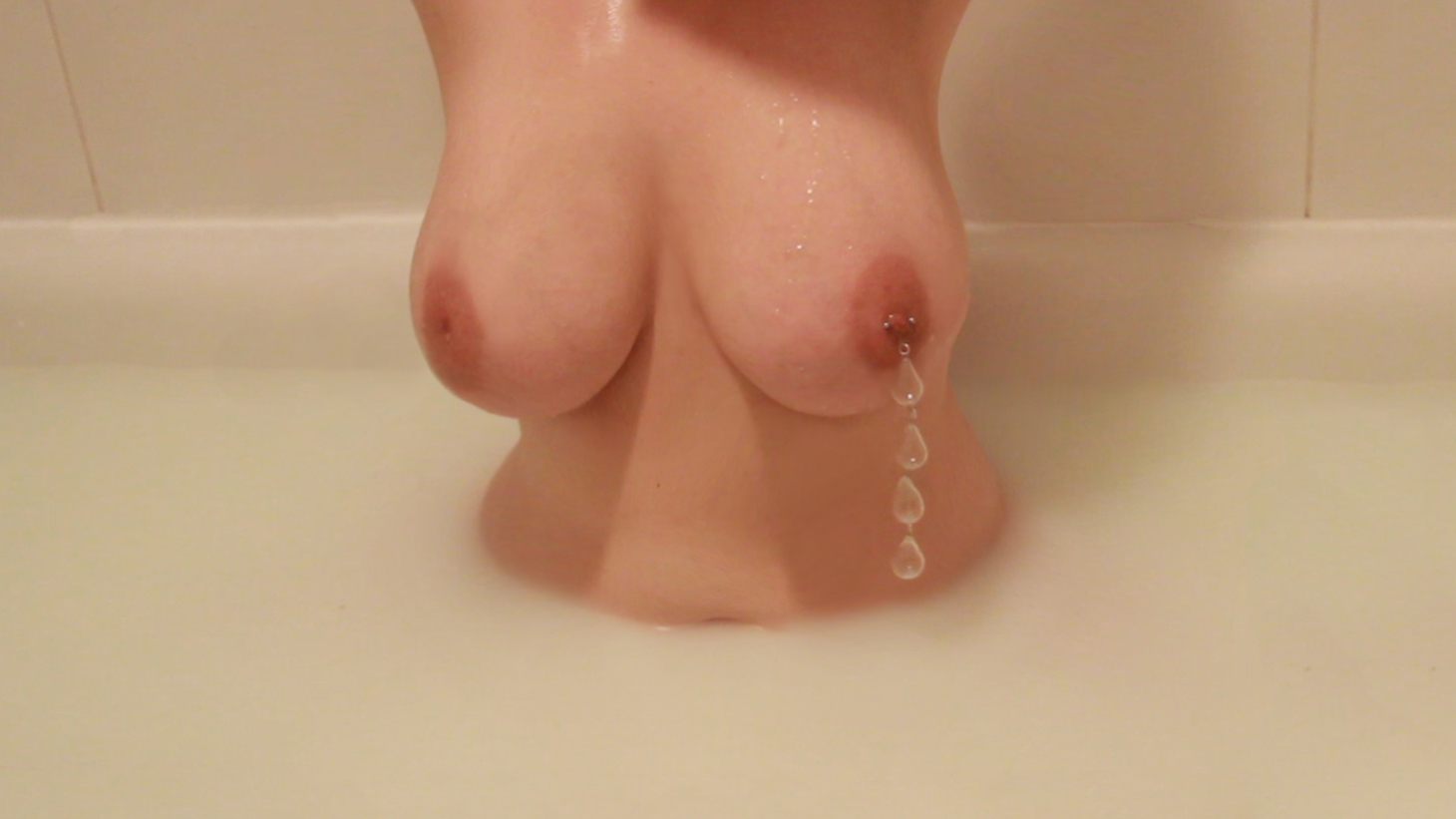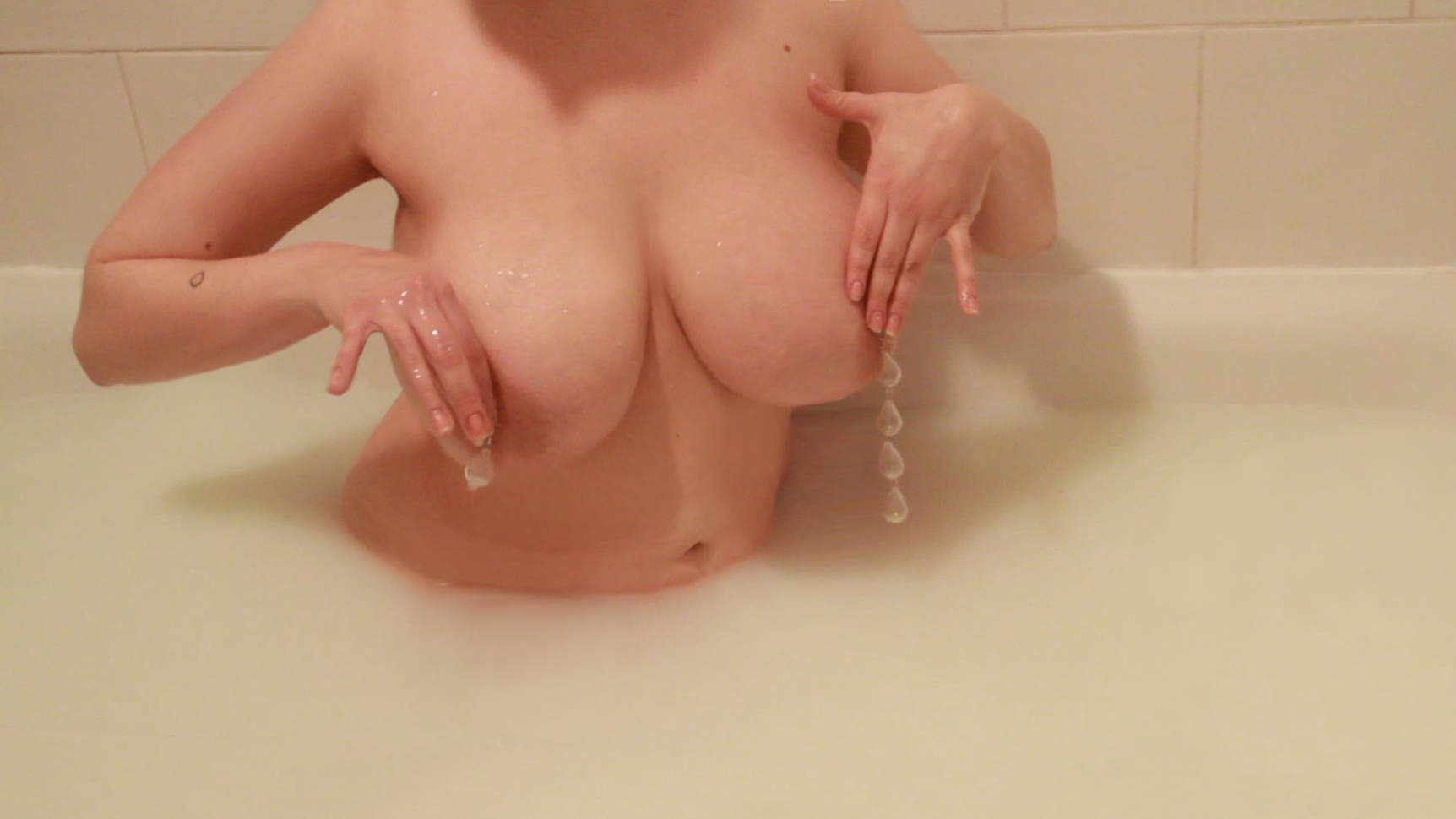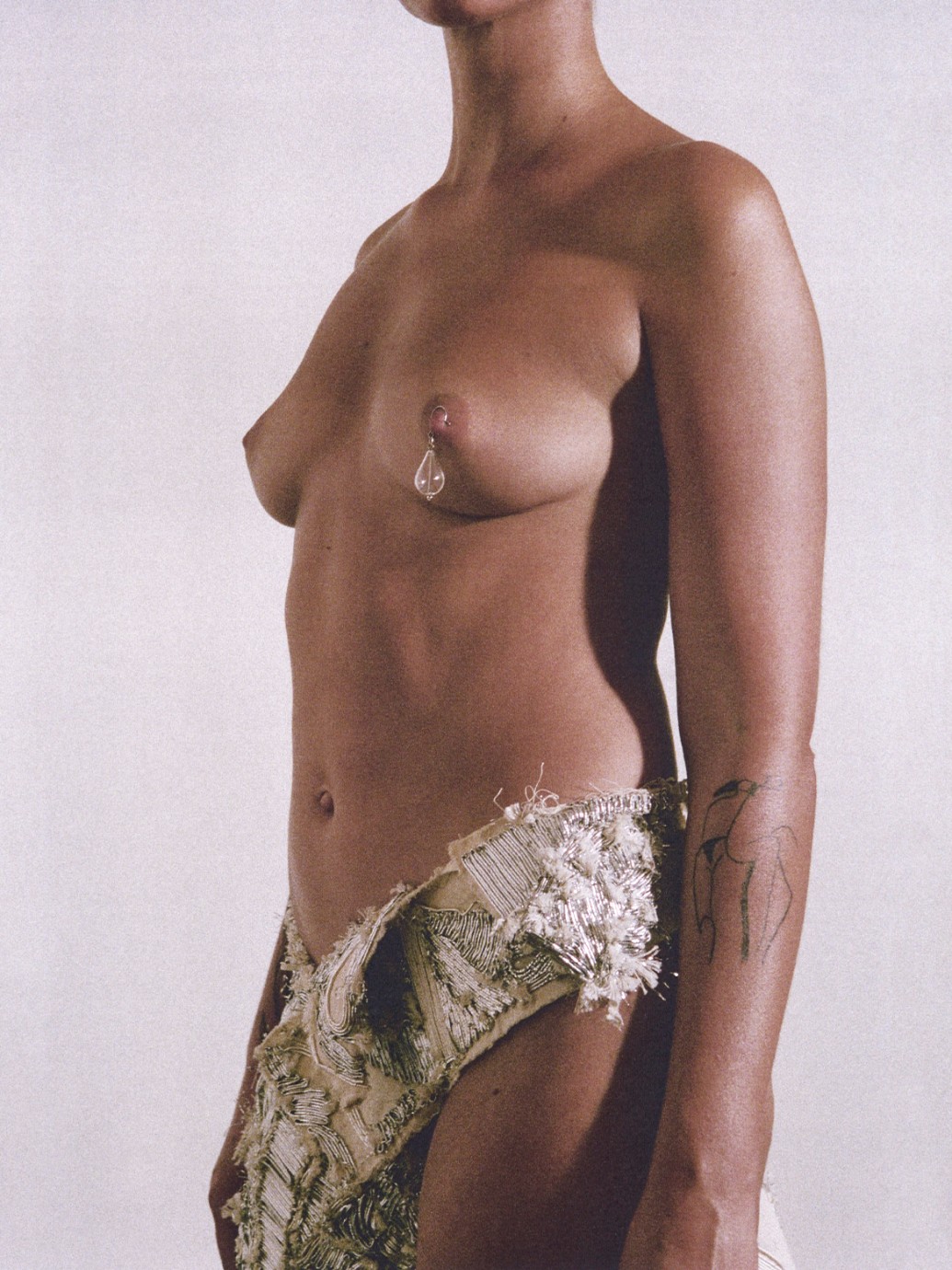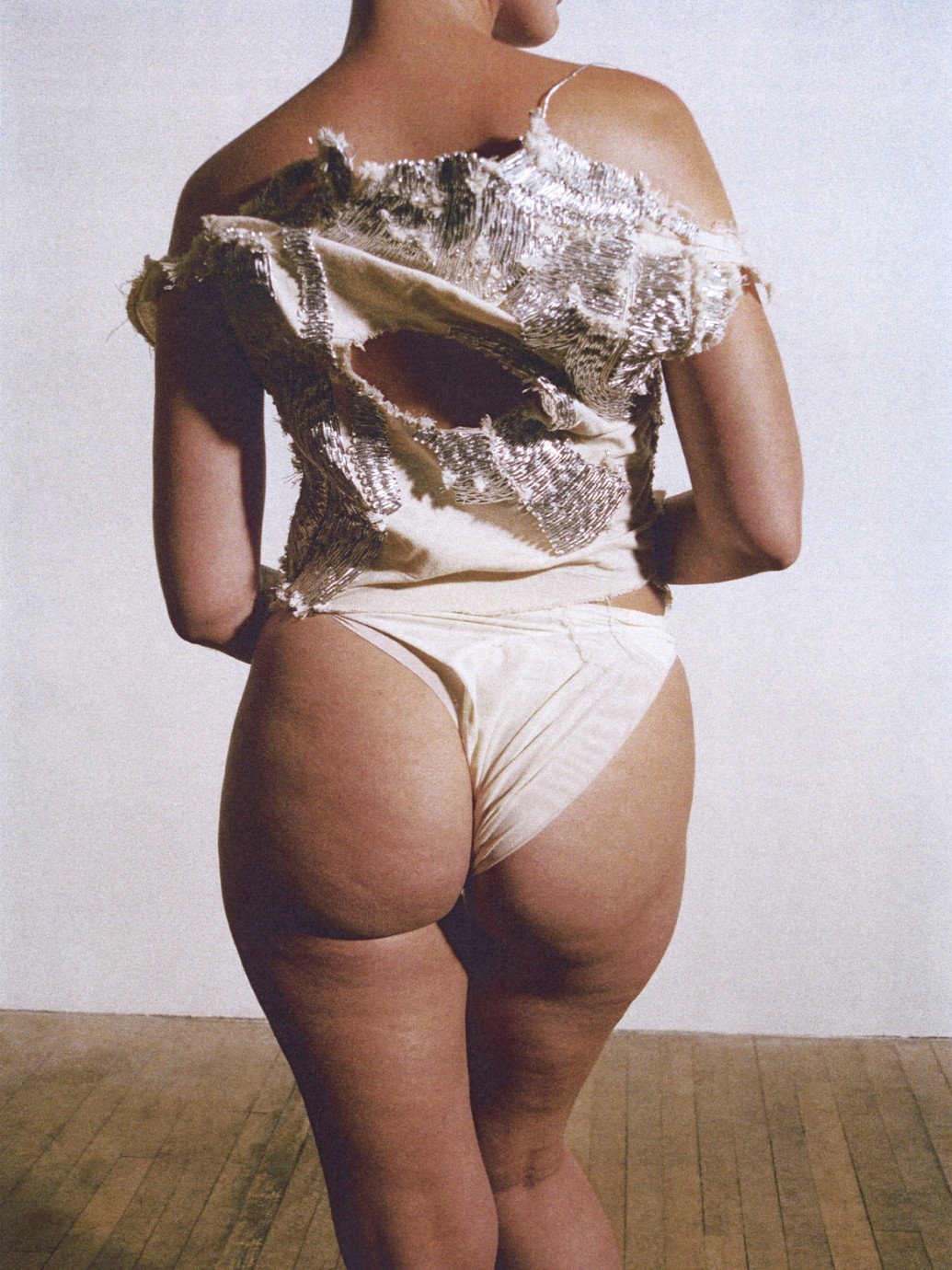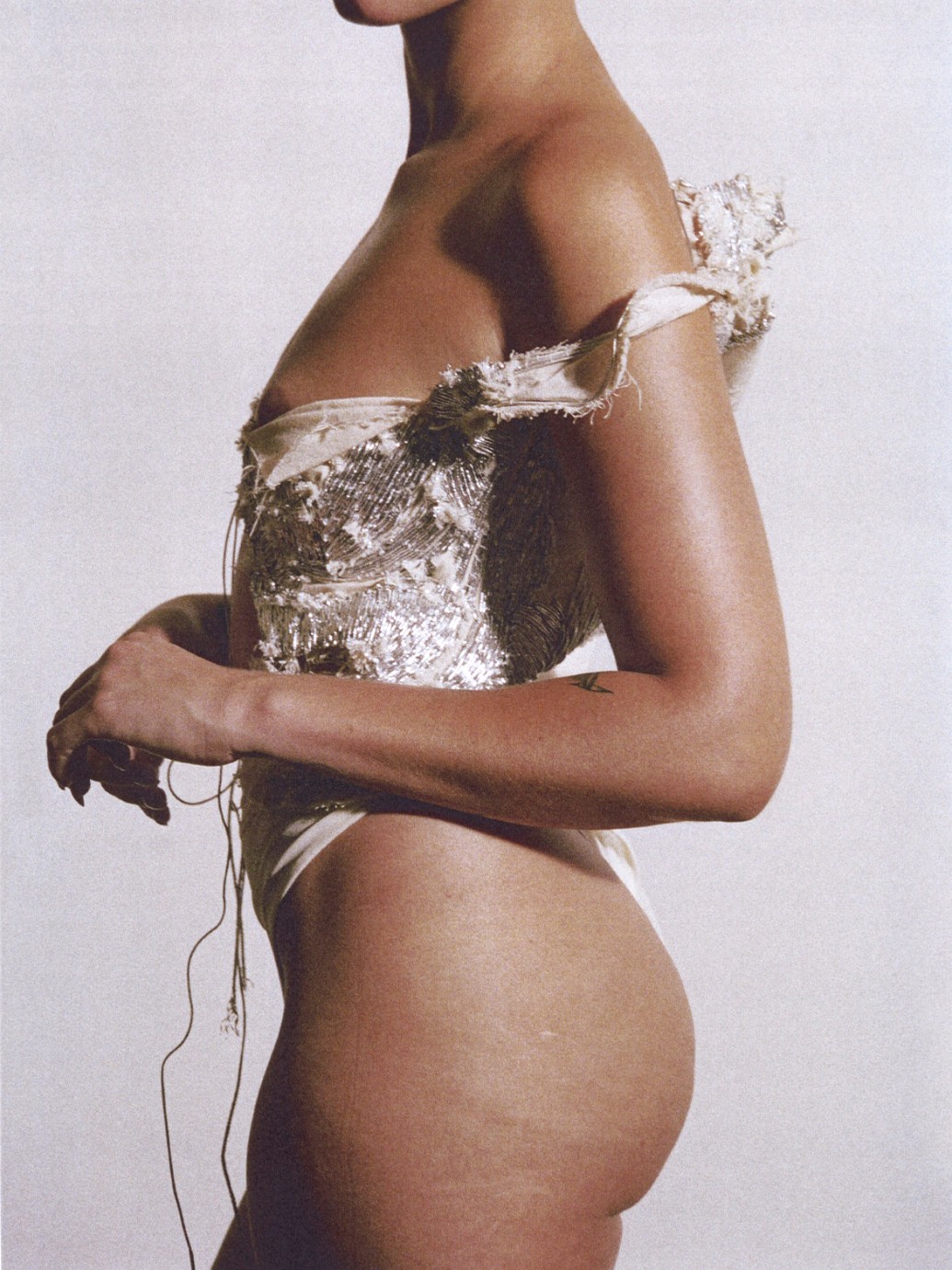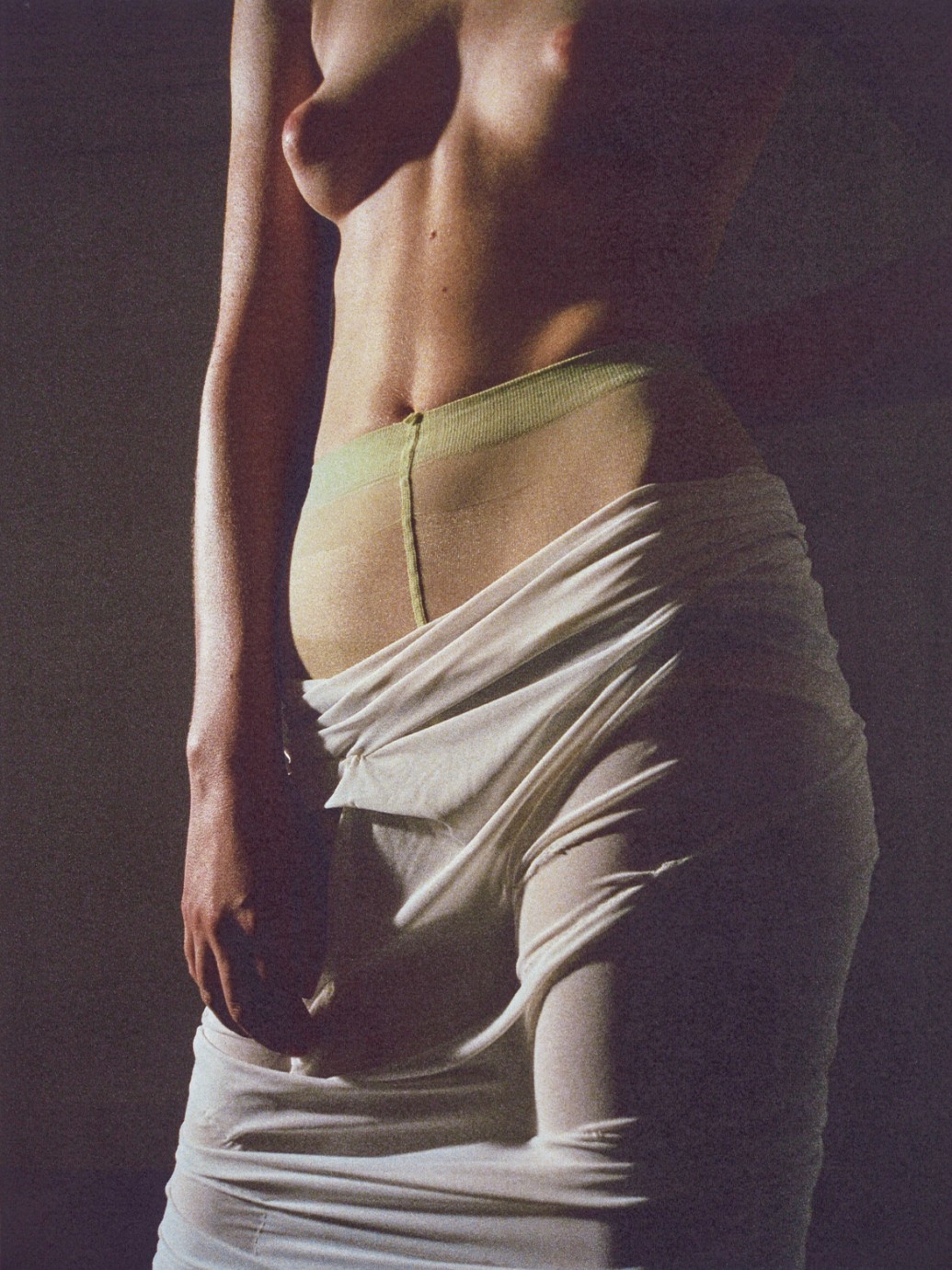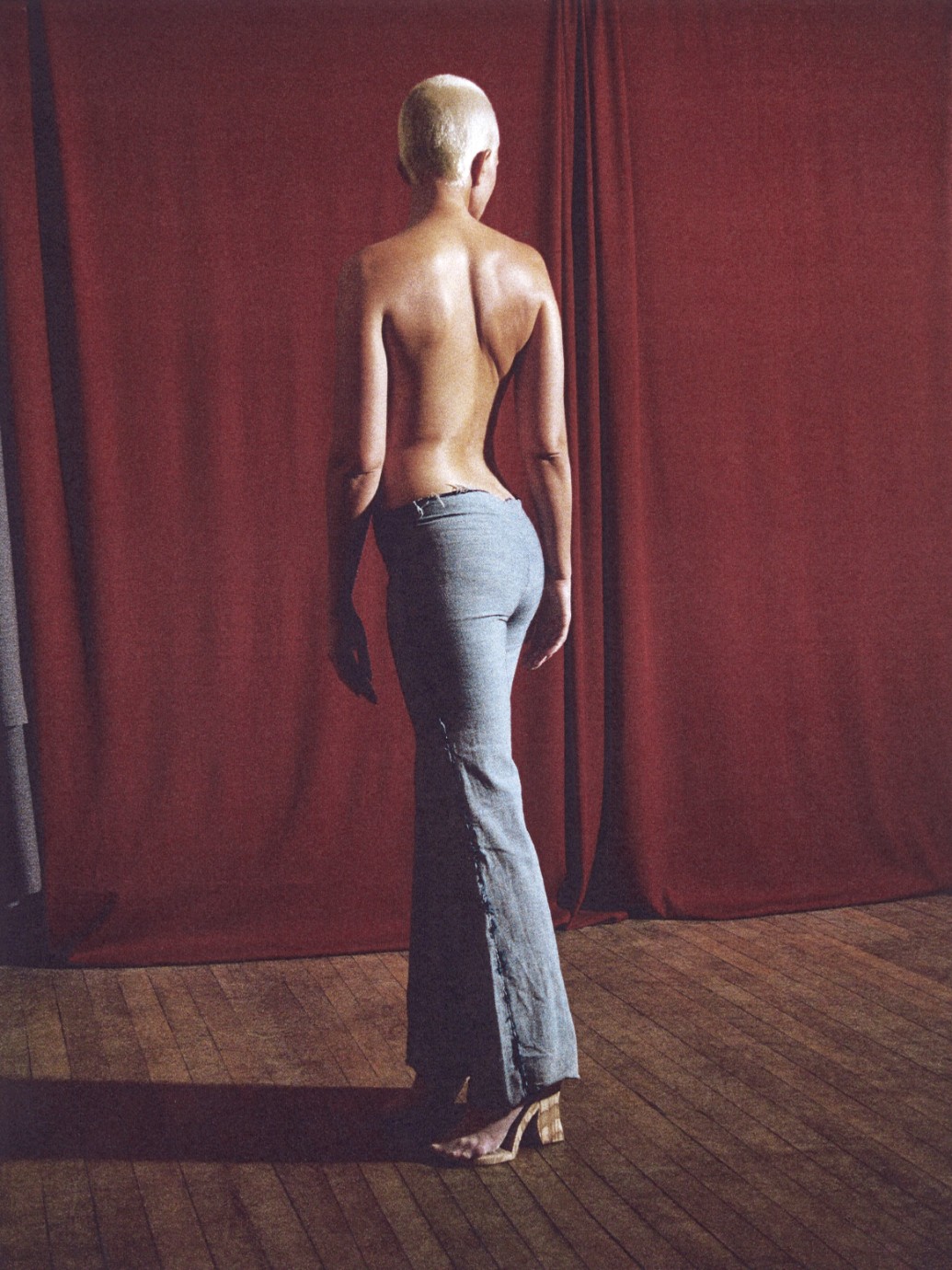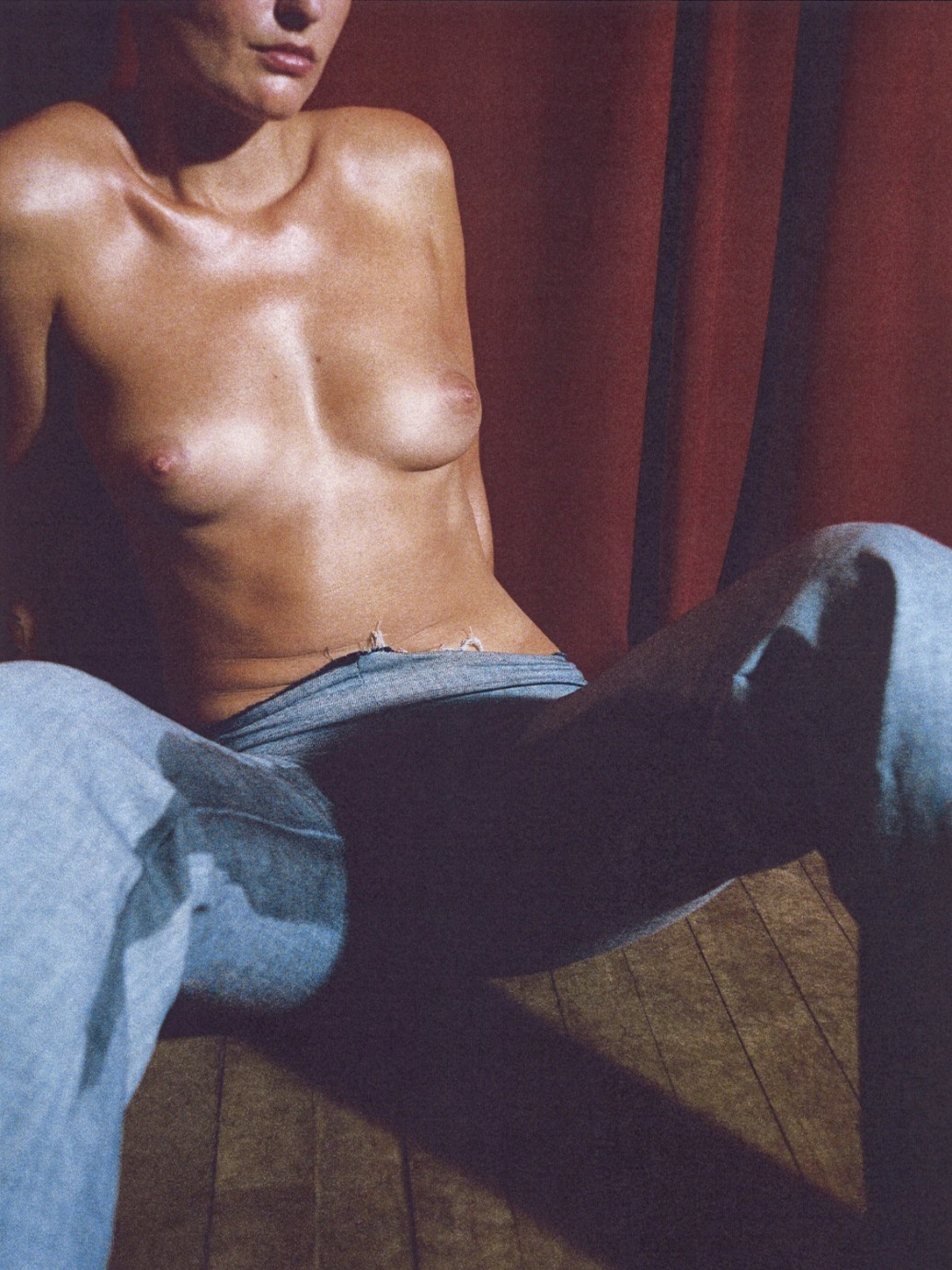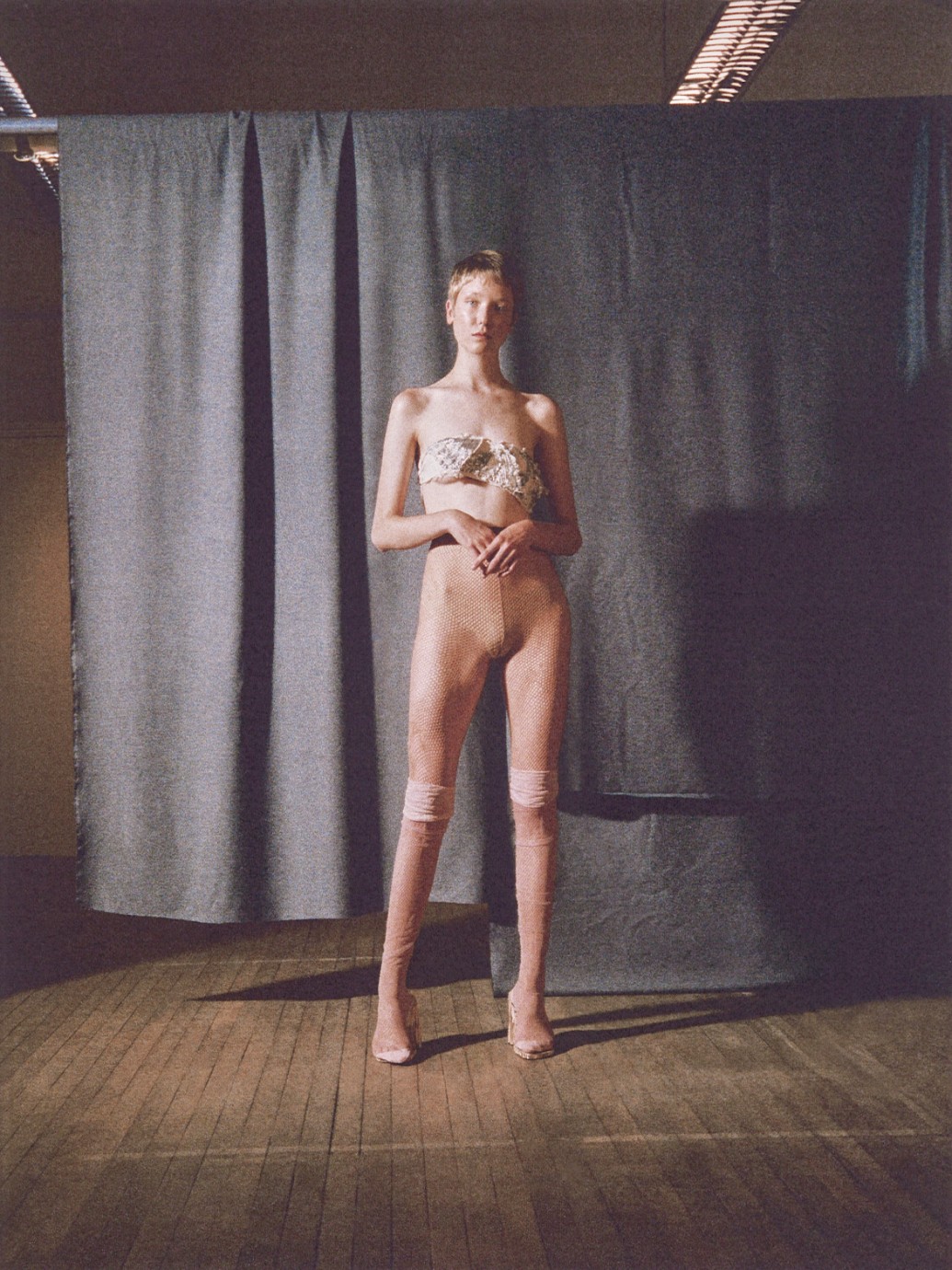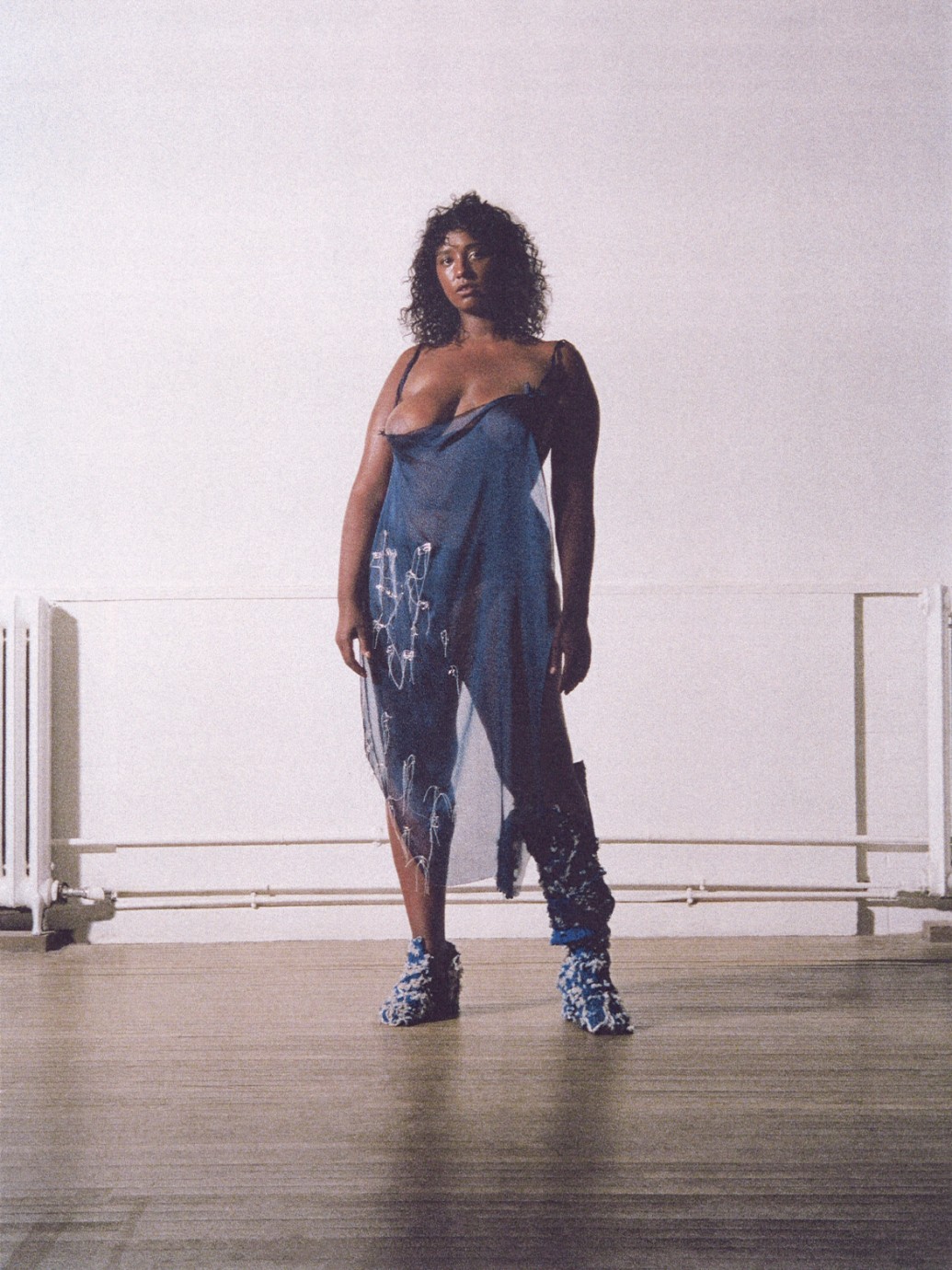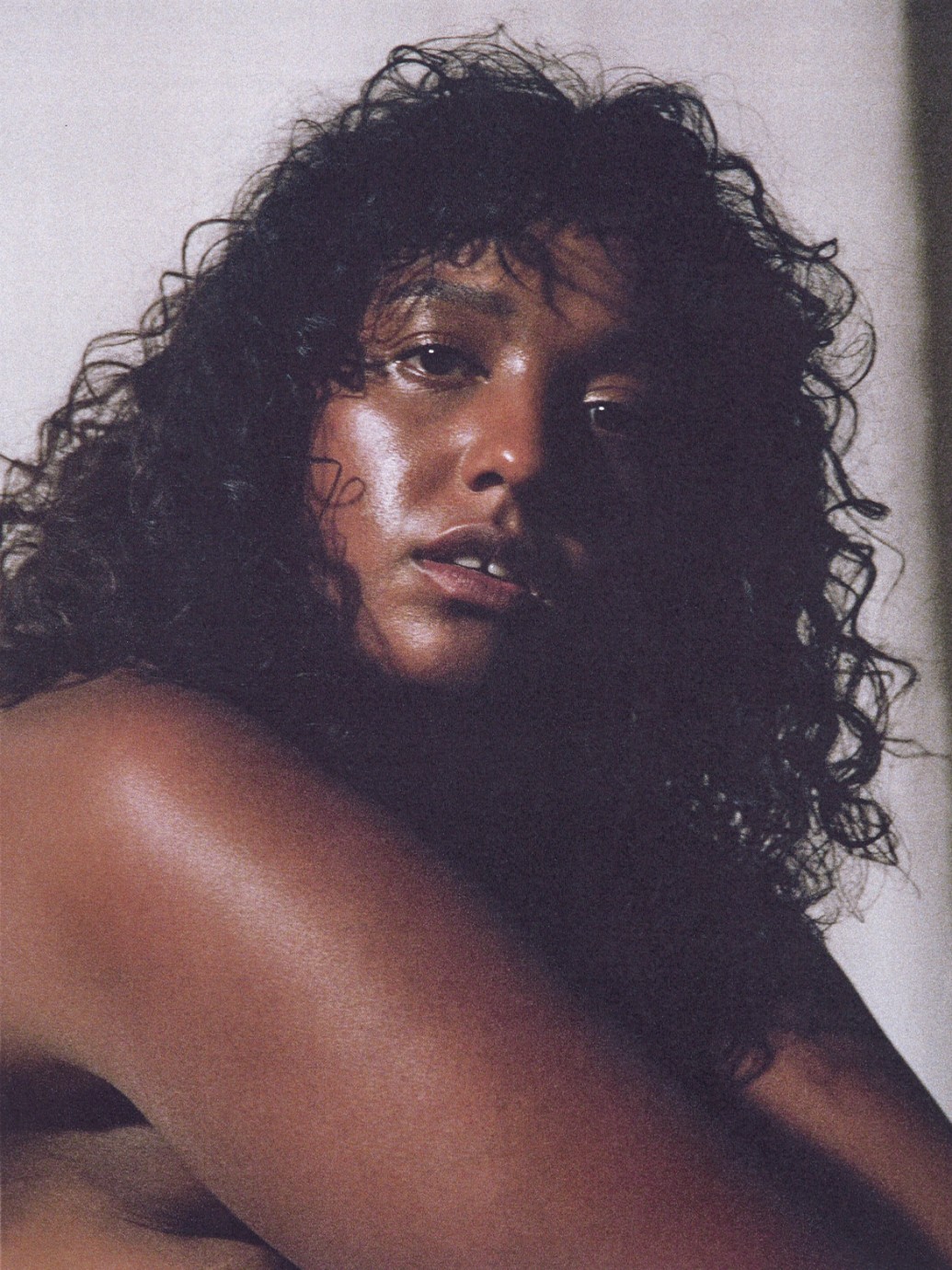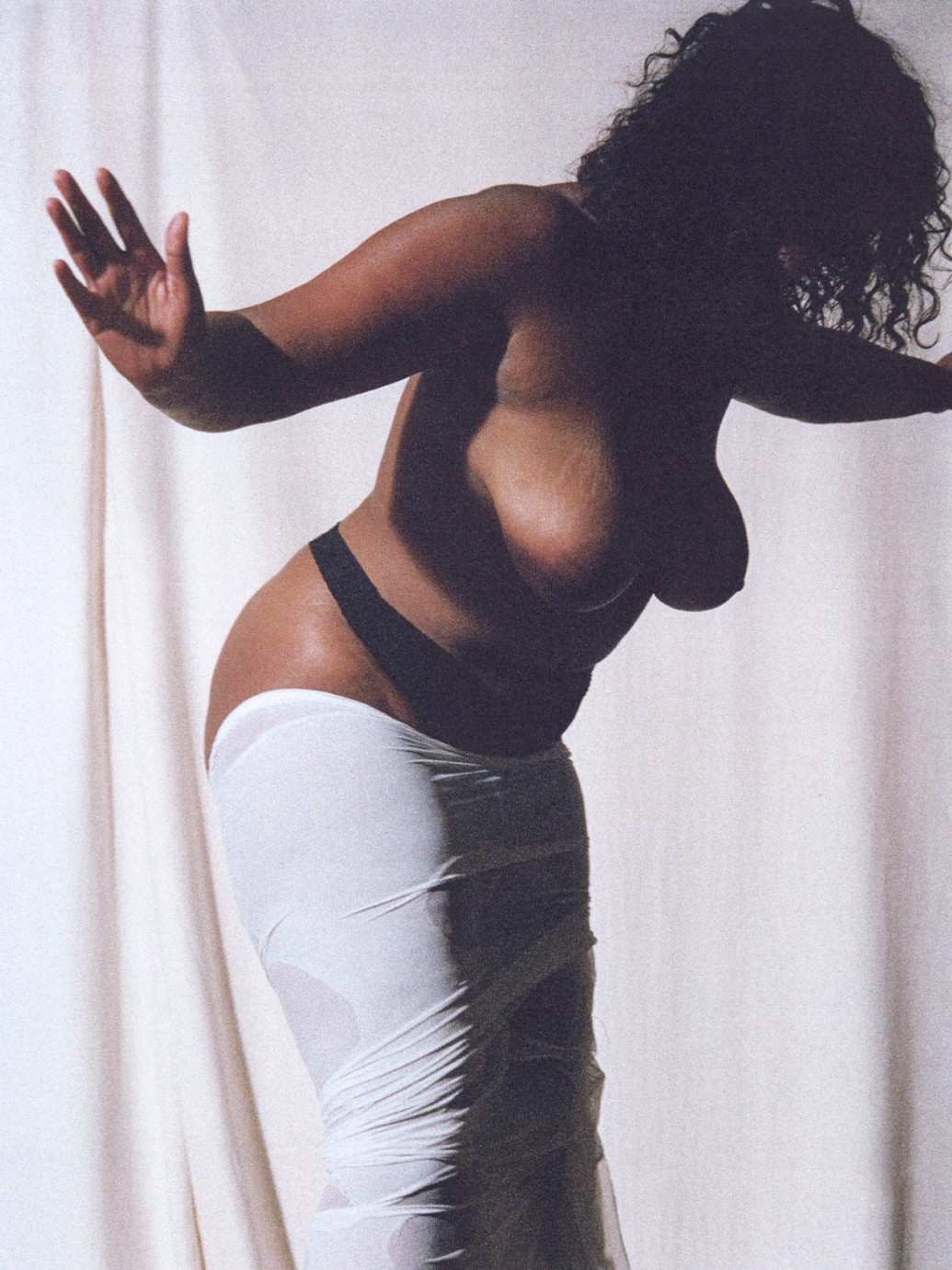Raised in Athens, Petsa developed an early interest in fashion, primarily instigated by the cultural significance and psychological underpinnings of the craft. “My grandmother is a seamstress, and I grew up watching her work,” she recalls. “She had a very strong connection with both the tactile material and her clients, whom she knew so well she became like a psychologist to them. I learned so much about women, and about the deep connection they can have with clothes.” “A lot of jokes and gossip, but a lot of tears as well, in a context of vulnerability and nakedness.” Understanding the value of this intimate, affective link between the human psyche and the physically clothed state formed the basis of her creative process, “that’s how I developed my garments, all my models were naked most of the time in the studio dancing, screaming, laughing and then the next moment they would be crying or I would be crying… and they were all very involved in my work, it always felt very personal.” This prompted an ongoing process of creative deconstruction and exploration for Petsa ‒ one she remains deeply immersed in to this day.
“I am interested in the performative element of both creating and wearing clothes.” With a BA in performance art completed before transitioning on to the Fashion MA at Central Saint Martins, the designer’s fashion trajectory is indeed a somewhat unconventional one. “I loved performance because it’s so profoundly based in experience, there is this intimate connection with the viewer which is something that is always very present in my work.” Openness and vulnerability are not only embraced but visibly celebrated in Petsa’s vibrantly translucent garments.

